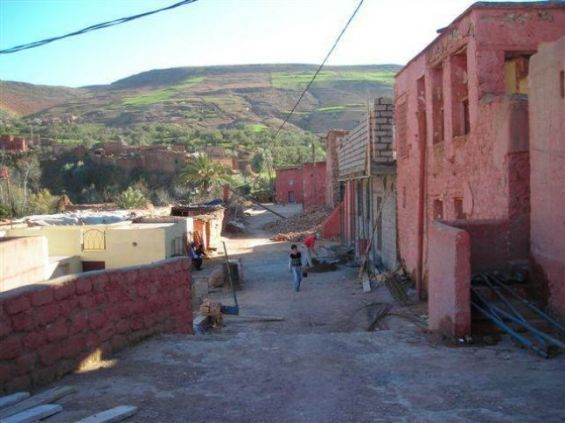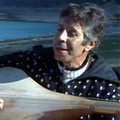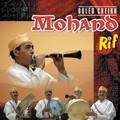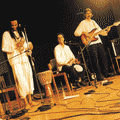He is a beloved saint who is venerated by both Muslims and Jews. His gravesite is located in a village that bears the same name : Draa. Rabbi David Draa Halevi, also known as the «Saint of the green palm tree», was a Tzaddik and one of the «most venerated saints among the Jews of Morocco».
Some accounts suggest that he came form Castile, a large and powerful state located on the Iberian Peninsula during the Middle Ages, and is believed to have died «in solitude while accomplishing his mission», a platform called Juif du Maroc wrote.

Others report that the Rabbi lived between the 14th and 15th century in Morocco and came from Seville, the capital of southern Spain’s Andalusia region. David Draa was a rabbi and Kabbalist. «He studied with his Master who was the great Yehuda Ouziel Harishone of Fez», says a platform that bears the saint’s name.
«He stayed in Debdou before settling down in the village of Draa until by the end of his life, where he served as a Dayane and a judge», it recalled. Two of his students were Rabbi Mordehai Bouzaglo and Rabbi Avraham Askira. In addition to his work as a Dayane, Rabbi David wrote several books and was very respected by the Jewish community.
A saint and a healer
Indeed, the Rabbi is known by Moroccan Jews as Moul Draa because his tomb is «covered with immense palm tree branches», recalled a platform called HervatPinto. He was buried in the Draa region and his tomb became a pilgrimage to Jews and Muslims for the many miracles he offered.

«All throughout the year, numerous Jews come to make a pilgrimage at his gravesite, and the miracles that occur there astound everyone», the same source said, adding that «once there was a Jew who was blind and crippled, and so he went to make a pilgrimage to the gravesite of Rabbi David Halevi Draa on the day of his Hilloula».
The same account indicates that «after a short time, [the man] suddenly realized that he could see and that his crippled limbs could move».
After this miracle, the man in question decided to stay in the village and build a house near the Tzaddik’s tomb. But that was not the only miracle that is associated with the name of this great Rabbi.
According to the same source, Rabbi David's miracles were nearly witnessed everyday at his tomb. The same source recalls that «a child fell gravely ill and from day to day his sickness got worse, to the point that the doctors lost all hope of saving him».

The kid’s father decided to travel to Draa and visit the tomb of Rabbi David Halevi, slaughter a sheep and give the meat to the poor. «The child got better and the father traveled with his entire family to the tomb of Rabbi David in order to fulfill his vow», it added.
While traveling to Draa, the father realized that his son got sick again but refused to stop without meeting his promise and visit the Rabbi’s tomb. Once in Draa, the father started praying near the tomb of the Tzaddik and his son, miraculously, healed.
The hilulla of Rabbi David Draa is celebrated on Lag B'Omer, which occurs on the 18th day of the Hebrew month of Iyar.





 chargement...
chargement...













